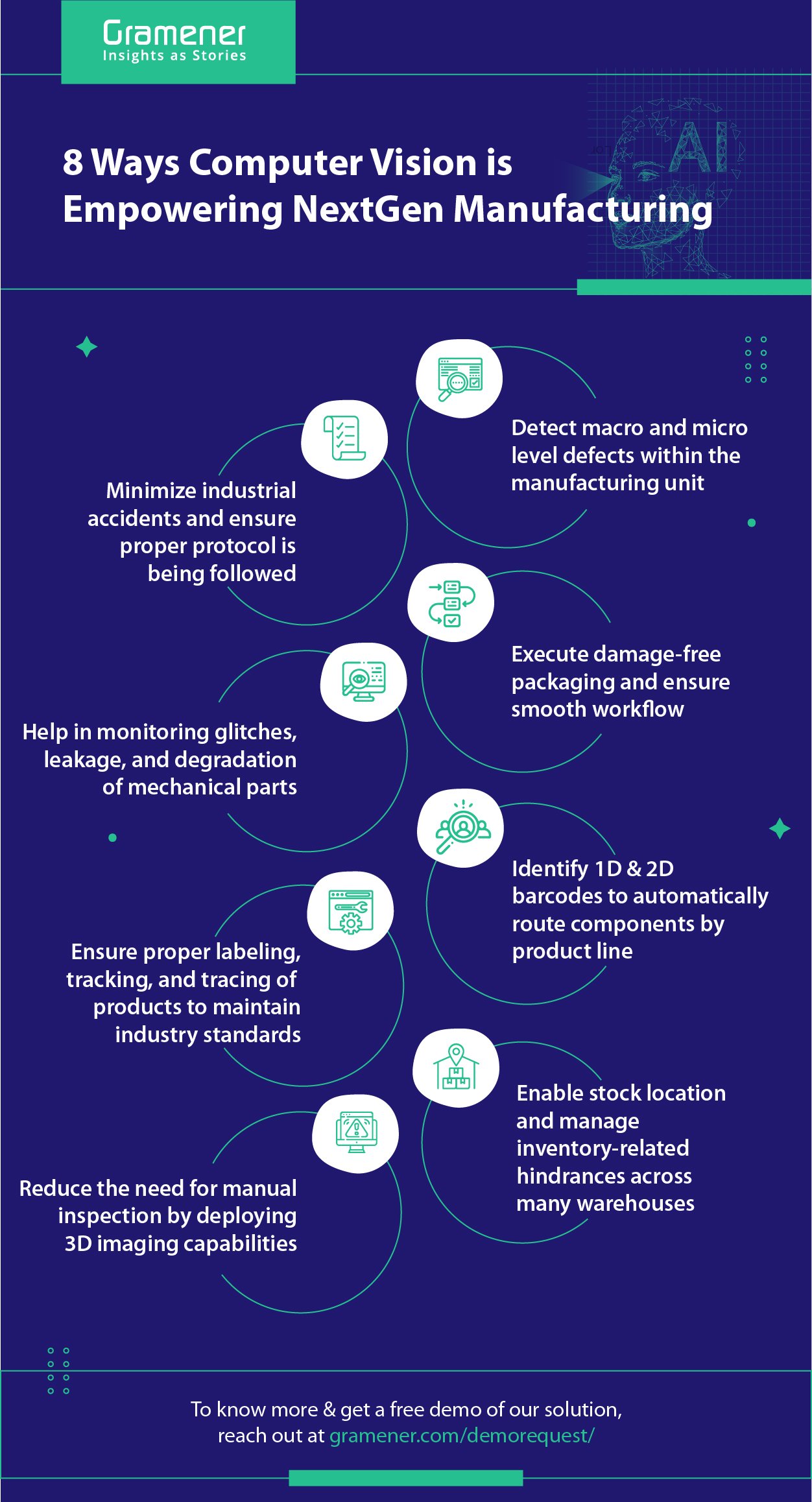In the rapidly advancing technological landscape, computer vision emerges as a transformative force, reshaping operations, enhancing customer experiences, and driving efficiency in various sectors. Let’s dive into the world of computer vision and explore its impact across different industries.
What is Computer Vision?
At its core, computer vision is a facet of artificial intelligence (AI) that enables machines to interpret and understand visual data from the world around us, similar to human vision. It leverages deep learning and algorithms to recognize patterns, analyze images, and make informed decisions based on visual inputs.
Revolutionizing Retail
In the retail sector, computer vision is a game-changer, offering innovative solutions to improve customer service and streamline operations. For instance, it powers personalized shopping experiences by analyzing in-store customer behavior to offer product recommendations tailored to individual preferences .
Automated checkout systems and virtual try-on experiences enhance shopping convenience, while real-time inventory monitoring and automated shelf auditing significantly reduce manual workload, ensuring products are always stocked and correctly placed .
Transforming Manufacturing
The manufacturing industry benefits from computer vision by improving quality inspection, factory synchronization, and enabling human-to-machine collaboration. Quality inspection applications detect defects and ensure products meet standards, contributing to less rework and higher customer satisfaction. Dynamic scheduling, enabled by computer vision, optimizes production flows, reducing inventory costs and increasing overall equipment effectiveness (OEE).
Furthermore, computer vision enhances worker safety and productivity by facilitating better human-robot collaboration and providing insights into manual assembly processes.
Innovating E-commerce
E-commerce platforms leverage computer vision to provide a more interactive and satisfying shopping experience. Visual search capabilities allow customers to find products using images, making search processes more intuitive. Enhanced personalization and product recommendations are made possible by analyzing customer interactions with visual content.
Moreover, virtual try-on and augmented reality experiences help reduce purchase hesitations by allowing customers to visualize products in a more engaging manner.
Addressing Implementation Challenges
Despite its benefits, deploying computer vision comes with its challenges, including the need for high-quality training data, computational demands, and privacy concerns. Overcoming these hurdles requires robust infrastructure, innovative algorithms, and adherence to strict ethical guidelines to ensure customer trust and data security.
Conclusion
Computer vision stands at the forefront of technological innovation, driving efficiency, enhancing customer experiences, and offering cutting-edge solutions across industries. As technology evolves, the potential applications of computer vision seem boundless, promising even more sophisticated and seamless interactions in retail, manufacturing, e-commerce, and beyond.
FAQs
How does computer vision improve inventory management in retail?
Computer vision automates real-time inventory monitoring and shelf auditing, reducing stockouts and ensuring product availability .
Can computer vision improve manufacturing efficiency?
Yes, by enhancing quality inspections, facilitating dynamic scheduling, and improving safety and collaboration between humans and machines.
What benefits does computer vision offer to e-commerce?
It enhances customer experiences through visual search, personalized recommendations, virtual try-on experiences, and efficient supply chain management.
What challenges are associated with implementing computer vision?
Challenges include the need for large volumes of high-quality training data, computational demands, and ensuring the privacy and security of processed visual data.
In this digital era, computer vision is undeniably reshaping industries, offering innovative solutions to age-old problems and opening up new avenues for growth and efficiency. As we continue to explore its potential, it’s clear that computer vision will play a pivotal role in shaping the future of business and technology.
